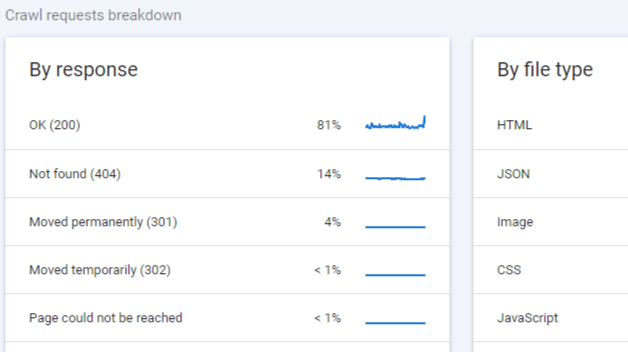Are you trying to improve your e-commerce store’s visibility but don’t know where to start? Product pages are often overlooked from an SEO perspective. Let’s find out why.
 The elements that we look for on product pages are not the same as those that we look for on category pages or other types of pages.
The elements that we look for on product pages are not the same as those that we look for on category pages or other types of pages.
Why? The pages are not structured the same. They don’t serve the same purpose. They have different layouts, different constraints and also different expectations from the customer.
Many of the elements will be the same in coding. For example: we will look for title tags and other H tags on all pages. However, the way that your website utilizes these elements is likely to be different throughout the website so they must be analyzed separately.
Here is a list of elements from our audit list that we use for product pages and a quick summary of what we look for:
Product Page Title Tags – These should usually contain the product name and hopefully there will be room to add in some useful keywords as well for ranking purposes. This can include the specific color, size or other attributes of the product.
Product Title Optimization – This should be an accurate product name, not optimized for keyword purposes.

H Tag Structure – Does the page use an H tag hierarchy that makes sense? H1 should go at the top with lower H tags following in some logical hierarchy. The presence of an H tag for the product title and lesser h tags for the rest of the page is what we look for here.
If your CMS uses an H2 tag for the product title, this is fine. If the hierarchy skips the H3 and H4 tag, this is fine. Google’s crawling bots are trained to deal with much more confusing situations than this.
Image Alt Tags – There is nothing new or groundbreaking here. Alt tags have been optimized since the early days of SEO. Try to include your keywords as well as an accurate description of the image.
Meta Descriptions – Meta descriptions are not required. In the old days of Matt Cutts running the show at Google’s webspam team, the advice from Google was:
- that unique descriptions are best
- having no descriptions is OK
- but having duplicate descriptions should be avoided
Today, provided meta descriptions are not being used 100% of the time by Google anyway, so we leave these blank fairly often on product pages. When we are dealing with high traffic pages that have lots of visibility in the SERPS, optimizing descriptions starts to make more sense so we will put more time into this.
The meta descriptions are NOT a ranking factor that Google uses. However, they can influence click-through rates from the SERPs, so when we deal with high traffic queries we prefer to start optimizing meta descriptions for click through rates.

This does not mean stuffing them with keywords. This means giving users a reason to click through, differentiating your brand, describing what is on the other side of that link… anything that will increase your CTR. So feel free to include your USPs like:
- Free Shipping
- Money Back Guarantee
- Made in the USA
- etc
Product Descriptions – If your descriptions are not unique you are missing out on opportunities to rank your website for terms that will bring incremental traffic. It used to be believed that using manufacturer descriptions was the end of the world, but this just isn’t the case. The problem is that Google may not see any reason to rank your pages above competitors and you are simply just not giving them much reason to.
You can still do well with factory-provided descriptions and in some cases it makes sense to just copy, paste, and get them into place. However, this would not be considered optimal for SEO purposes.
Rich Content – The type of rich content that is appropriate here will differ depending on what products you are selling. Rich content generally refers to videos, podcasts, infographics and interactive features among other things. We like to think of rich content as “other things that Google can see, identify, rank or use as a ranking signal.”
Calls to Action – This is easy for product pages and most of you should have this covered by the time that you get to contacting us. This may just seem to refer to “add to cart” buttons but this may also include a “related products” slider and more.
Product URL – This should be similar to your product title or title tag. Keywords do count here as a minor ranking factor but keeping it short is also a goal of ours. As long as your URLs are not obscenely long you should be just fine here. We usually are opposed to rewriting product page URLs for SEO purposes but it has been something that we have recommended a few times.
Just be sure to convert all non-supported characters with a “-“. This includes spaces between words and other special characters that are not either numbers or letters.
Customer Reviews – These can provide fodder for search engines to use for ranking purposes as well as act as a conversion tool when used on product pages. If schema markup is properly applied, then the star ratings may show up on the SERPs and at least can be leveraged during paid ads for Google Shopping.
Product Image URL/Filename – All image URLs should attempt to use some keywords that make sense. Typically they are the name of the product itself. Just like other URLs, we like to use keywords but don’t like to extend the length too much. 5-7 words should do it here.
Product page SEO items make up a small fraction of our complete list of technical and content-related elements we review in our audit checklist. Serious e-commerce managers are welcome to reach out to us about our SEO audit roadmap and website audit services.





